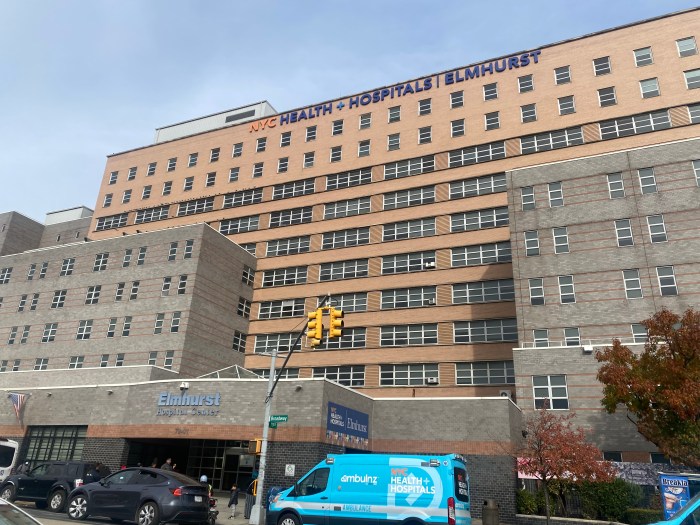While schools are the focus of where children might catch H1N1, adults are most likely to get it from their workplace, according to Assemblymember Rory Lancman, who is the chairperson of the Subcommittee on Workplace Safety.
“There are things that can be done in individual workplace settings … that are important to protecting employees from H1N1,” Lancman said during a recent seminar at New York Hospital Queens.
During the seminar, Lancman highlighted information from a preliminary report from his subcommittee and the Committee on Labor entitled “On the Front Lines: Protecting New Yorkers in High Risk Occupations from Exposure to H1N1.”
One area where Lancman said precautions can be taken is in engineering controls, such as constructing the workplace so that there are barriers between the staff and the customers.
Administrative controls can also be addressed. For instance, Lancman said that restrictive or punitive absentee policies encourage employees to come to work even if they are sick.
Lancman said that educational steps can be taken to let employees know what can be done in their particular work environment to prevent spreading the flu.
Finally, Lancman said that individuals can be taught to use personal protective equipment, such as surgical masks or respirators.
Lancman said that each workplace has its own set of circumstances and different steps that need to be taken.
“It’s important for employees to seek out that information,” he said.
Two high-risk workplaces for exposure to H1N1, Lancman said, are the health care industry and schools.
The conclusion of the Assembly’s report states possible legislative action that can be put in place to assist workplaces in minimizing the spread of H1N1.
“There are several legislative approaches to preventing workplace transmission of H1N1, focusing on (1) ensuring adequate staffing of key personnel to manage an H1N1 outbreak safely, (2) educating employees about preventing H1N1 transmission in particular workplace settings, (3) strengthening the rights of employees to complain about unsafe workplaces, and (4) preventing H1N1 transmission in the workplace by enabling employees to take medically necessary leaves of absence when experiencing an H1N1 related illness,” the report states.



































